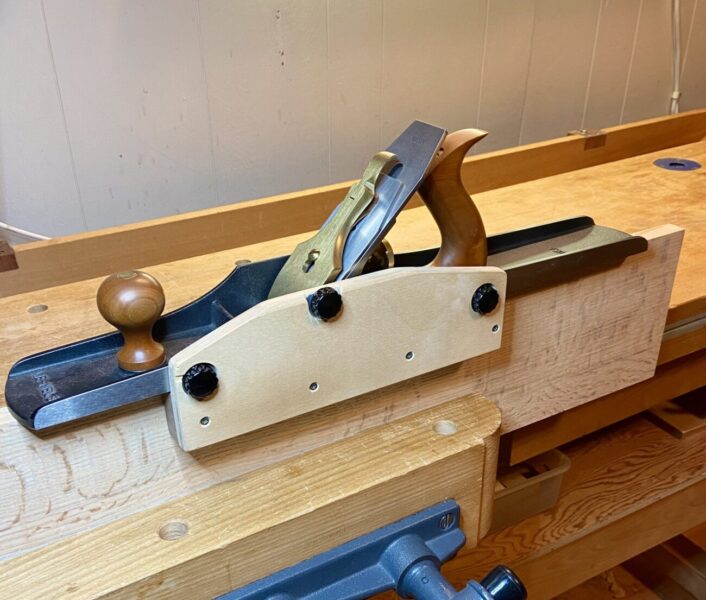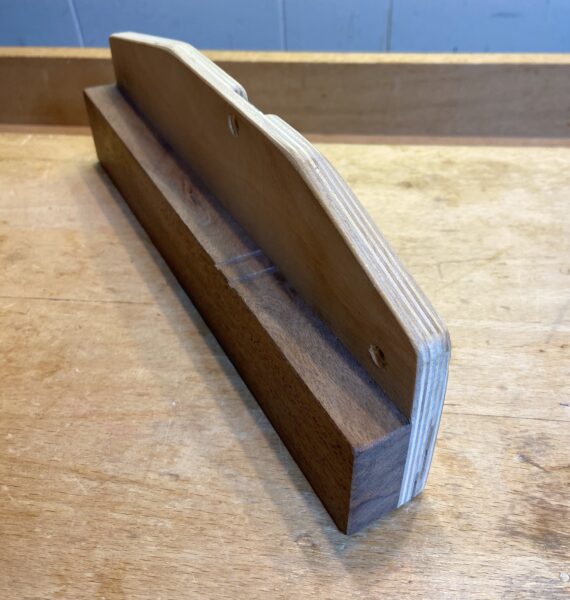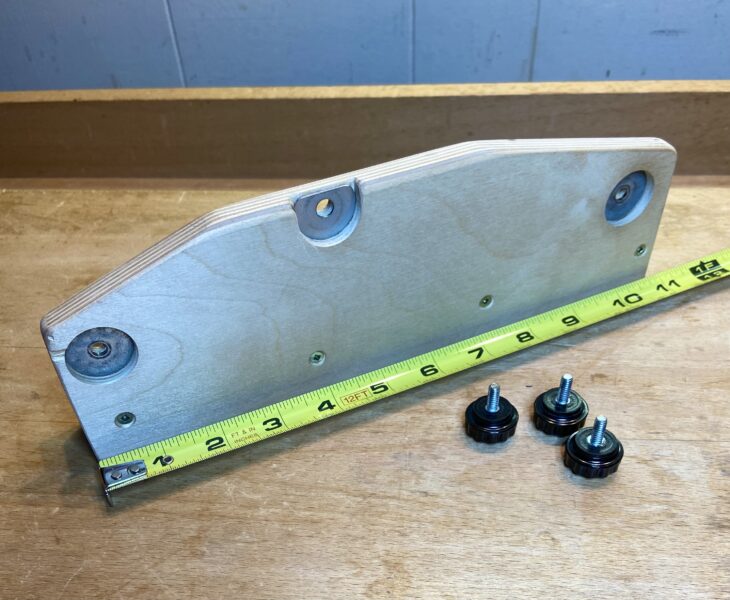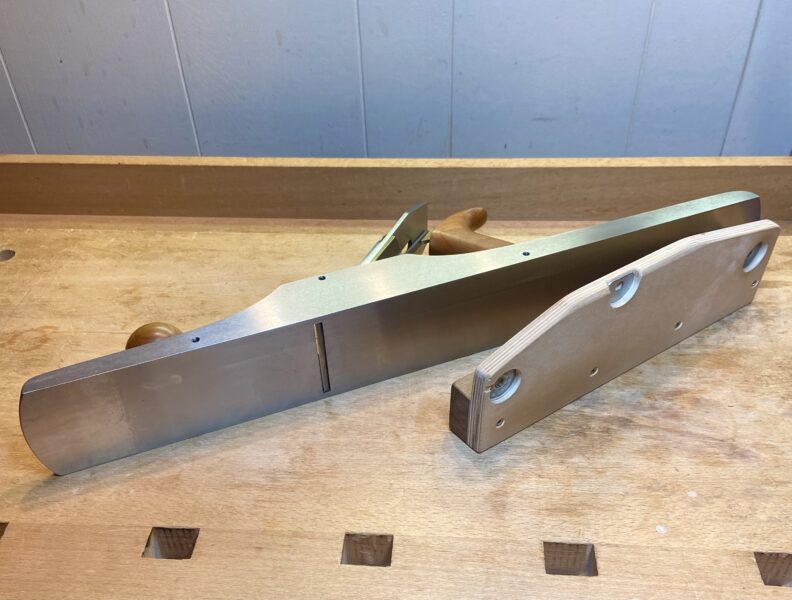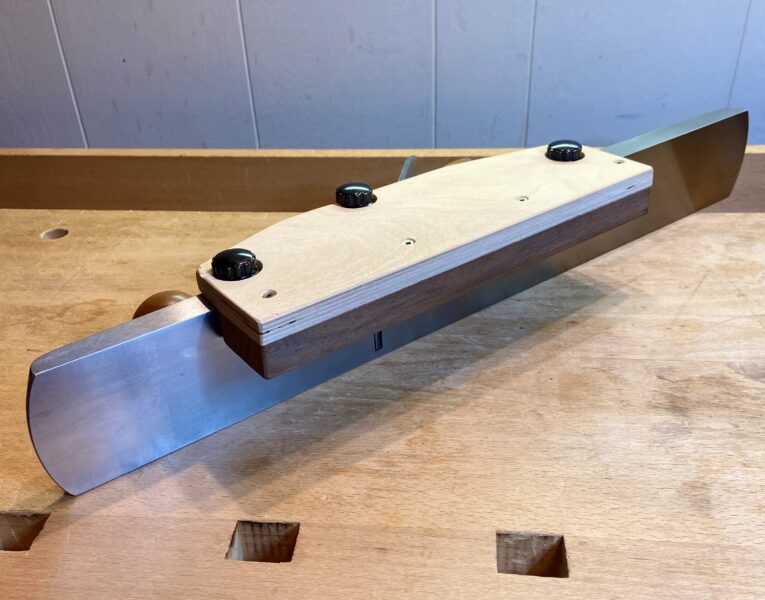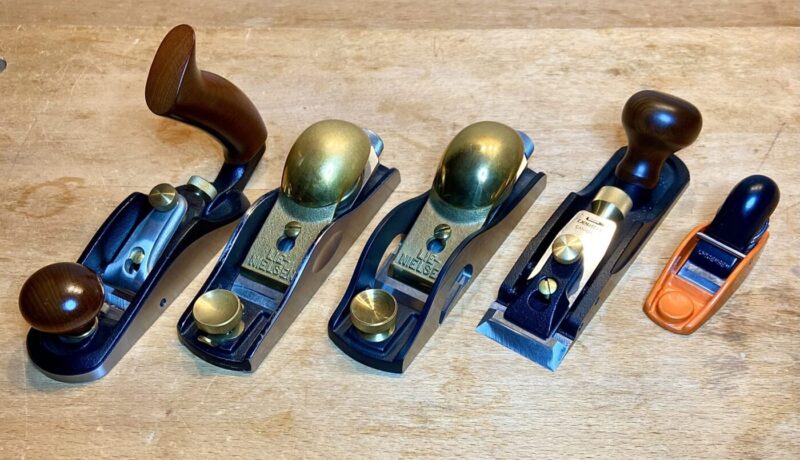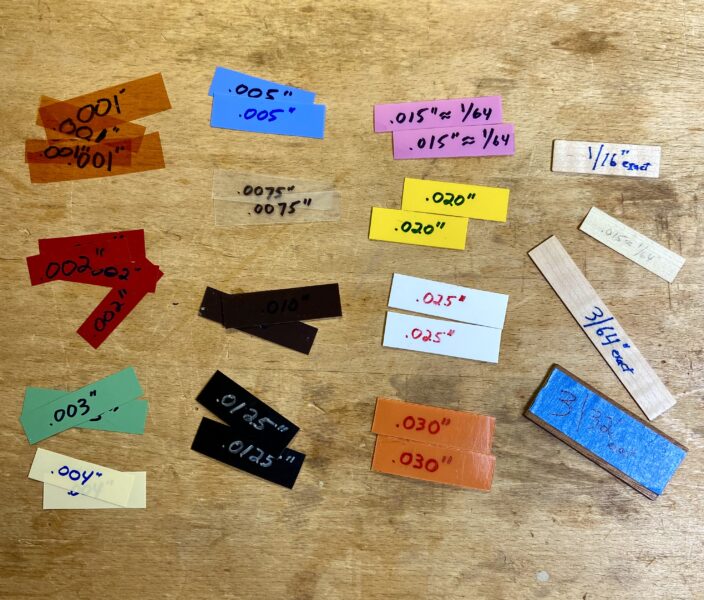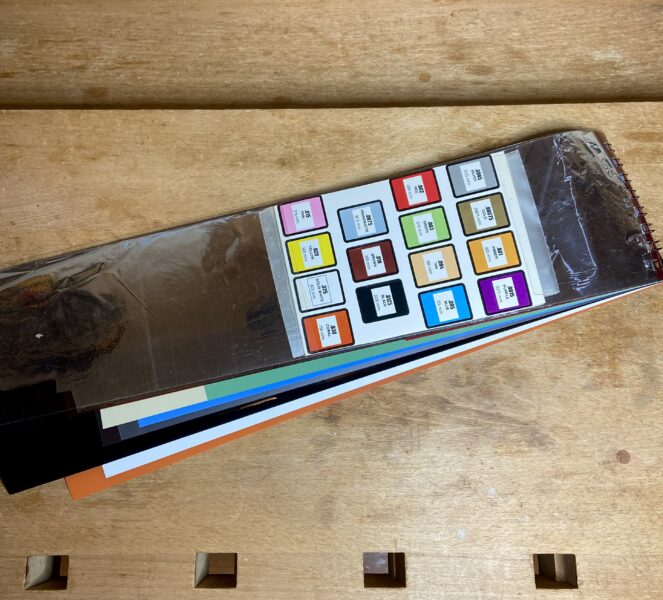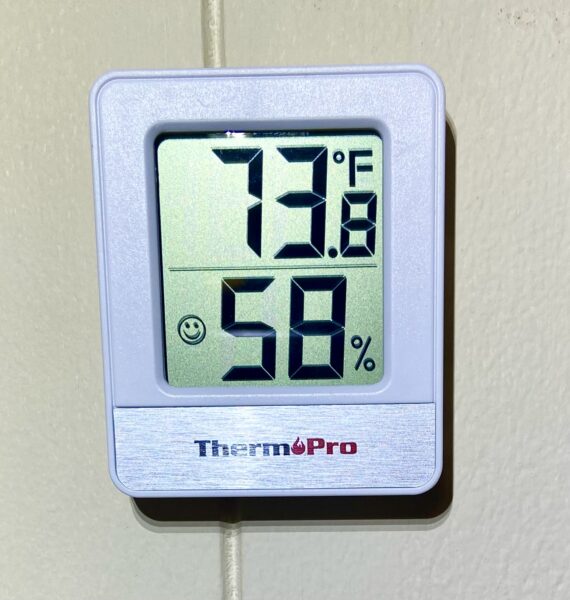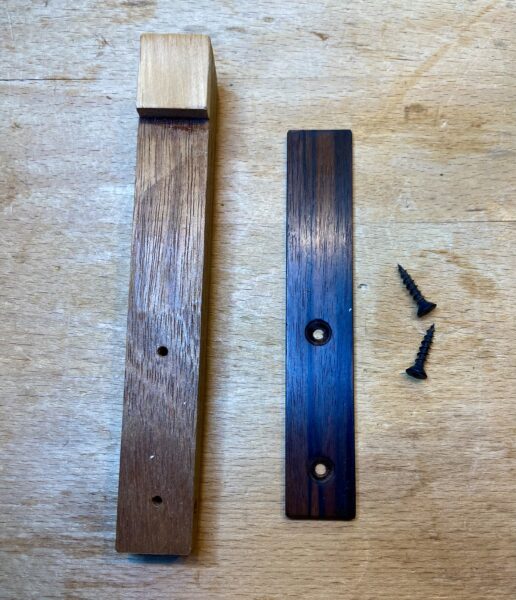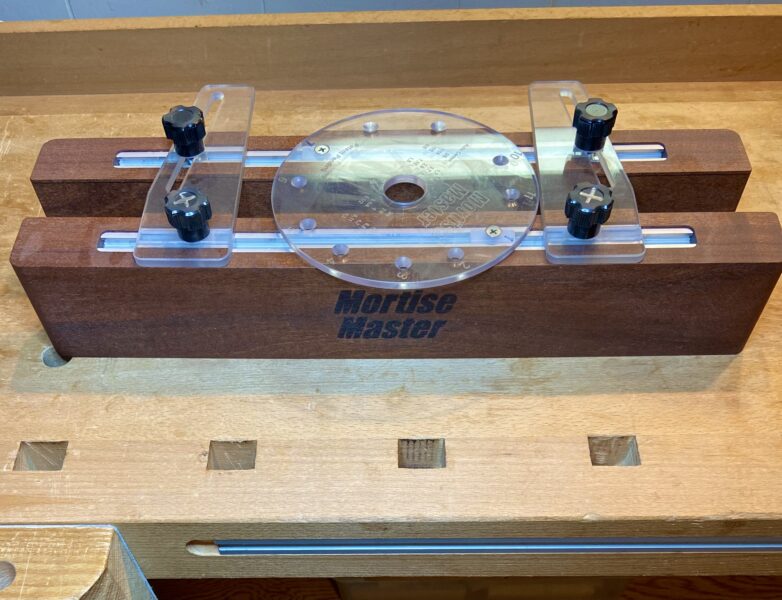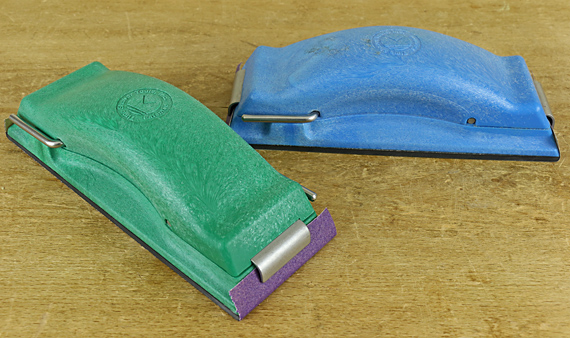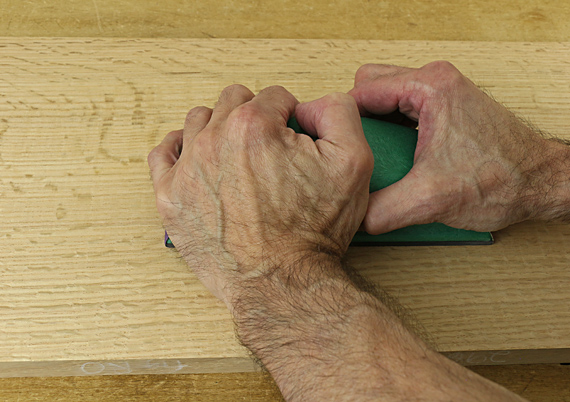
Pencils are tools. Nearly every project in the shop involves using them, and using the right ones for you really helps. I will explain my preferences. Of course, yours may differ but hopefully the lists in these posts will be of value.
The list starts with a good-old #2 (neutral HB lead) hexagonal wooden pencil with an eraser. (Dixon Ticonderoga is my long-time favorite.) This type of pencil looses sharpness quickly with woodworking but is faster and easier to sharpen with a little battery machine. I use it for basic layout, marking the correct sides, edges, and directions, etc. It helps to have red and white ones handy for certain woods, and to distinguish different marking tasks. Neither color writes as well as the #2 HB.
You may like and prefer the carpenter’s flat pencil. (We are called woodworkers, not carpenters. This is with all respect to both.) The edge holds up better and follows a wood edge well. I have found more precision and instinct with the #2, but give them a try for your own preference.
Separate erasers? No need if you do not make mistakes. (That was a joke. Laugh.) The pencil eraser fades quickly, so I like the white polymer/vinyl rectangles (at the left in the photo row). The gray art drawing kneaded eraser does not work very well on wood. (It will come up in the future post regarding drawing design.) The dark yellow piece of crepe rubber (at the right in the photo) is very occasionally used for erasing a coarse line in rough-surface wood.
Now let’s look at more detailed marking. The mechanical pencils work very well with consistent, precise lead. The 0.5mm HB lead does the job most often. If I want even finer lines, the 0.3mm HB lead works with care, but it does break very easily. This can be avoided by pushing out just a short length. The pencils come with lots of extra leads, as well as erasers for the pencil and separate hand-held erasers.
Coming next, we will go through some non-lead writing tools that can play useful roles in the shop and at the hunt for new wood.
